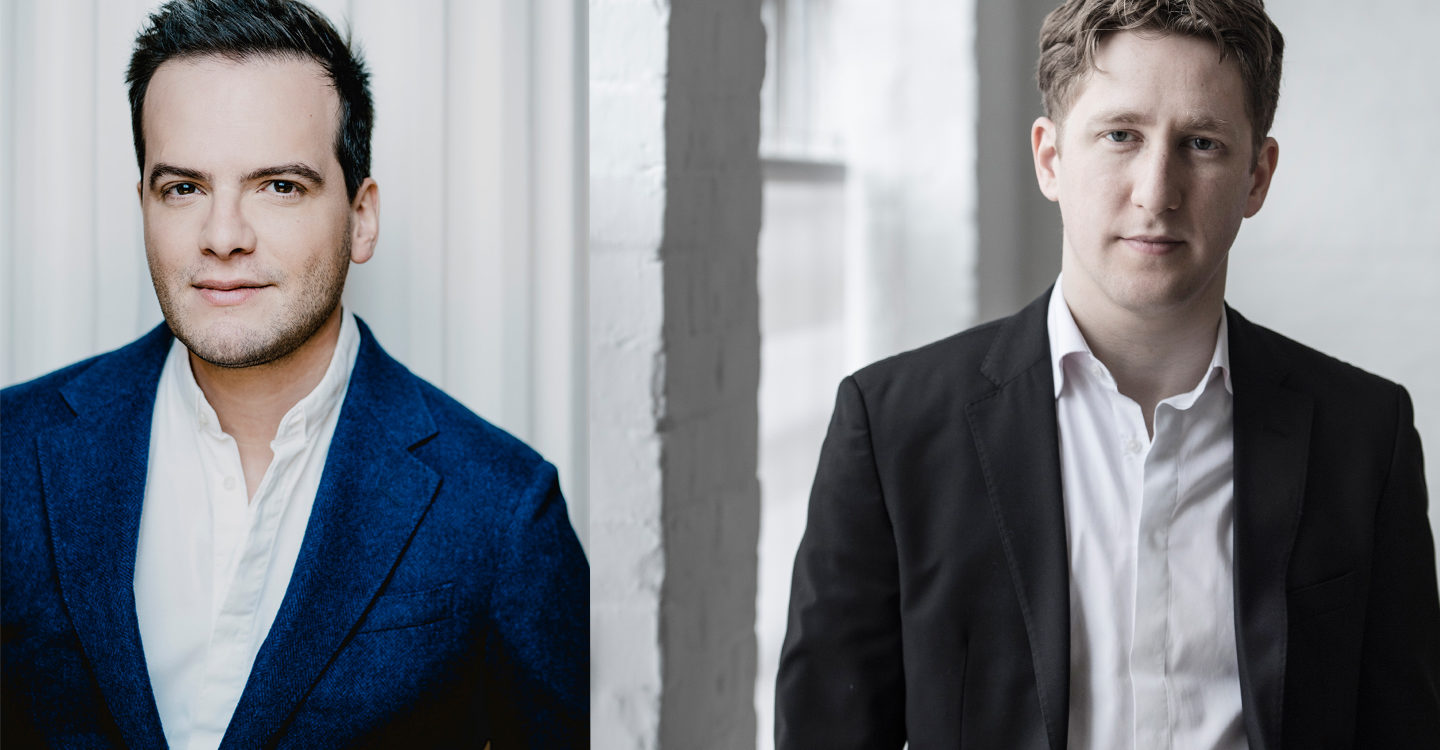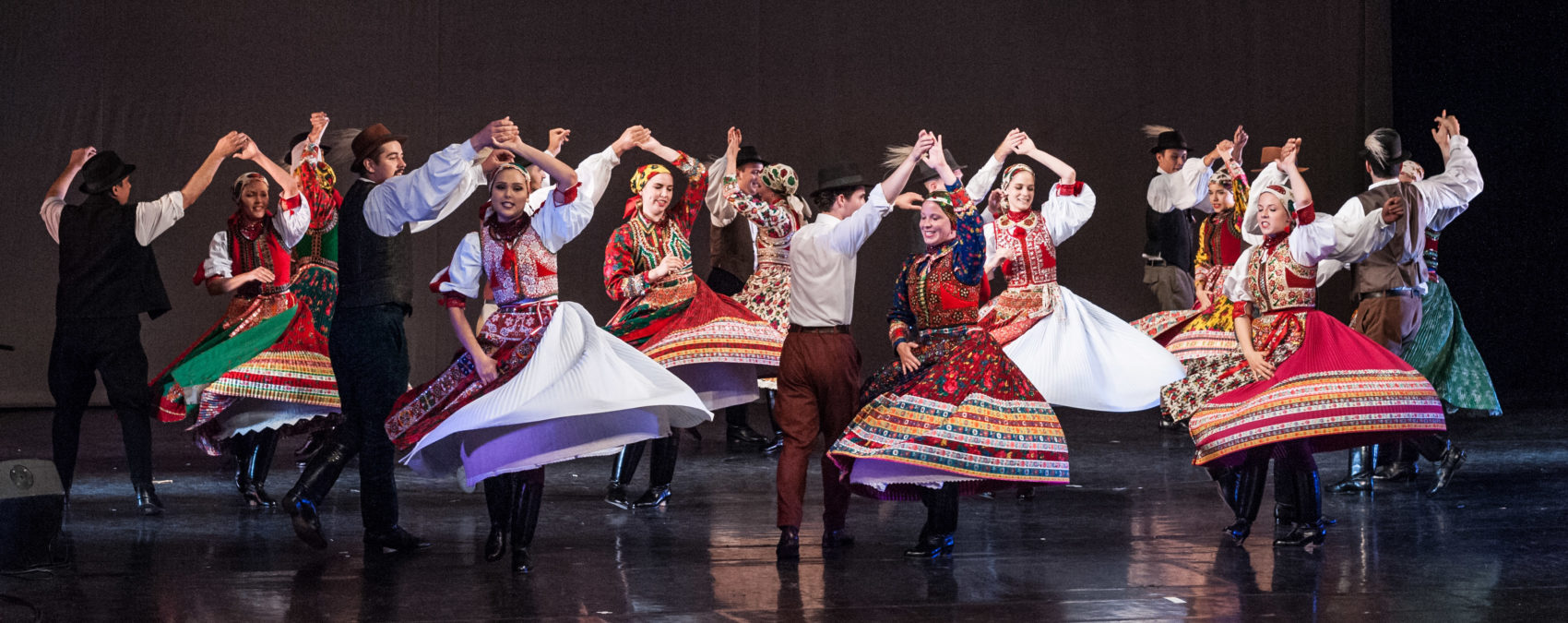The COE, Joshua Weilerstein and Francesco Piemontesi
15-21 September 2019

The artists
The first collaboration between Swiss pianist Francesco Piemontesi and the COE dates back to 2016 when the Orchestra was first invited to perform at his Festival in Ascona and then at Haydn’s home, Schloss Esterhazy in Eisenstadt, with Sir Roger Norrington. This year the COE is back with Francesco in Locarno and Eisenstadt for two concerts under the baton of American conductor Joshua Weilerstein, who is currently artistic director of the Orchestre de Chambre de Lausanne and will be making his debut with the Chamber Orchestra of Europe.

Folk inspiration
The repertoire of these concerts is dominated by folk songs and dances, which have been an integral part of many classical compositions. For Joseph Haydn for instance, it was a matter of course to play with the material of German, Croatian and Hungarian folk songs in his works to surprise and amuse his audience with echoes of the folk music from the Balkans. This is evidenced in the final to his Piano Concerto Hob. XVIII: 11 ‘alle zingharese’.
One century later, Johannes Brahms composed his iconic Hungarian Dances whose inspiration came from the tunes he performed as a young man with Jewish Hungarian virtuoso violinist Eduard Reményi.
Golijov’s Night of the Flying Horses, premiered in New York in March 2002, starts with a yiddish lullaby composed for Sally Potter’s film The Man Who Cried, set to function well in counterpoint to another important music theme in the soundtrack: Bizet’s Aria Je Crois Entendre Encore, from The Pearl Fishers. The lullaby metamorphoses into a dense and dark doina (a slow, gypsy, rubato genre) featuring the lowest string of the violas. The piece ends in a fast gallop boasting a theme that Golijov borrowed from his friends from the gypsy band Taraf de Haïdouks.
Kodály’s Dances of Galanta was based on folk music of Galánta (now part of Slovakia), where Kodály lived for several years. Most of the pieces used were of the verbunkos style – originally developed as military recruiting music, but generalising to a Hungarian folk tradition in the early 1800s. Bartok’s Romanian Folk Dances, composed in 1915, are inspired by several tunes from Transylvania, originally played on fiddle or shepherd’s flute.